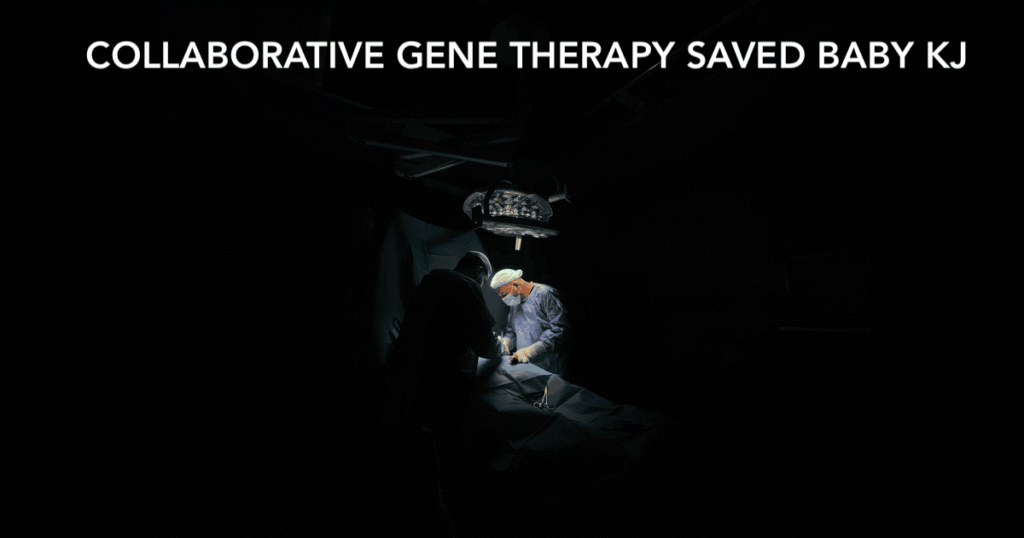Adapting to Change: How to survive, thrive and deliver in business today, Transitional Times was originally published in Reflect: Insightful business ideas by Equatex
Transitional Times
Volatile, uncertain, complex and ambiguous. The US military first coined the term VUCA to describe extreme conditions in countries such as Afghanistan, but it has now been broadened to describe the world we live in. Unsurprisingly, VUCA resonates with people when they consider their own lives: the world feels more complex than ever before and we are unsure of what will happen next. It’s not surprising then that those who survive, thrive and deliver in business today have one trait in common: they are resilient to change, skilled in adapting to change.
I work with a wide range of organisations. What I find fascinating is that most industries know they need to change, but many don’t know how. However, with consumers becoming increasingly savvy and technology continually advancing, every organisation needs to be adaptable in order to be successful. The problem is that change is new – and scary, particularly in a VUCA world.
The stages of transitions
Transition management focuses on the in-between stage of change and people’s internal reaction to it: how an individual or organisation goes from where they are to where they need to be. I find it is this period that will make or break how successful an organisation’s transformation initiative is, but it helps if people have an understanding of the process of transitions. Fairly predictable things happen, so people can learn not to be so fearful of the process, which helps them adapt to the changes.
The first stage of transitions is the crisis stage. Whether the change is planned or spontaneous, it will involve an ending or a separation: an ending of the old and a separation from the way things used to be. It could be instantaneous or progressive, for example, business acquisition or downsizing. This stage generates varying levels of anxiety, drastic change in identity, and removal from a place of security.
Stage two is the stage of limbo or being ‘on hold’. During this stage, time seems to slow down. Whereas during stage one, there was a flurry of activity, now in stage two, people feel frustrated that nothing seems to be happening as planned. They feel like they are just waiting and, of course, they don’t know how long they will have to wait. In contrast, stage three is that of new beginnings, where the change is implemented or actualised.
Leaders must recognise that at each stage there essential and significant work is required. If people are unable or unwilling to accept this new reality and do the required work, they will remain stuck in that stage.
People have two basic choices during transitions: to be mobilised or paralysed by change. The dynamic at work here is explained by the term liminality. Liminality is the study of transitions and comes from the Latin word ‘limen’, which means doorway or threshold. During transitions, we need to learn to step through the doorway and embrace the opportunities that change brings.
How to rewire your brain
Transformation can only happen in organisations if employees learn to adapt to change. At an individual level, people don’t change unless they have to. We are all wired to respond to the status quo and quickly settle into familiar patterns. We will continue in these patterns until it is no longer an option. However, it is possible to develop change-ready thinking and behaviours that will enable us to bounce through adversity and overcome obstacles.
The human brain contains billions of nerve cells arranged in patterns that coordinate thought, emotion, behaviour, movement and sensation. It has an amazing ability to reorganise itself, but of course this doesn’t happen automatically – our brain will keep trying to follow old, existing neural pathways unless it’s retrained.
What’s remarkable is that the retraining process is not simply a matter of a southpaw learning how to throw a ball with their right arm; the process of neuroplasticity is the brain’s ability to reorganise itself by forming new neural connections. Neuroplasticity allows the neurons in the brain to adjust their activities in response to new situations or to changes in their environment.
By understanding how our brains can be rewired, we can create new ability through repetition, perseverance and hard work. Employees can target new adaptable behaviours that they need to perform and then practise, practise, practise. Eventually through repetition, perseverance and hard work those new adaptable behaviours will become automatic.
Adapting to change is a continual process and requires resilience. People tend to think the most successful people are the most intelligent but in the long haul, I think it’s the most resilient people that are more likely to succeed. Resilient people tend to have a mindset of growth versus a fixed mindset. A person with a fixed mindset believes that their success is written in stone. What makes a person with a growth mindset successful is their attitude and effort. When they are faced with something new, their attitude is that they can learn.
“People tend to think the most successful people are the most intelligent but in the long haul, I think it’s the most resilient people that are more likely to succeed”
Creating buy-in from employees
The ability to manage transitions is absolutely essential. Both managers and employees have to do the work of transitions for themselves, but managers have the added responsibility of providing for and enabling employees to navigate change and take on a mindset of growth. Sometimes middle managers have a difficult time doing both, particularly if they don’t agree with the change that is being implemented. In this scenario, they first have to accept the change themselves, which might be a challenge, and then, they have to enable employees to do the same.
There are four key areas in terms of what employees require from management in times of transition:
- Clarity (what the transformation is about and what will happen);
- Competence (employees need to feel that they can be competent in the transition and may require new skills for this);
- Influence (employees want to have influence on their roles); and
- Appreciation (they want to be valued for the work they do).
Leaders should look at the behaviours associated with each of these aspects and whether these are positive or negative. Once they understand what areas are weaker, they can find solutions to address employees’ behaviour.
Transformation has to be endorsed, supported, initiated and sustained by headquarters. Upper management may not be involved in the transformation to the same extent as the change management team but they need to be visible throughout. It’s also important for management to articulate both the positives and negatives of change to employees. I find that leaders shy away from talking about some of the negative issues, but accepting that it is going to be difficult will lead to engagement and trust on the behalf of employees, which will create the buy-in required.
For instance, I worked with NASA when President Bush announced that the space shuttle programme would be retired. As a result, 7,000 scientists and engineers were expected to lose their jobs. NASA had the foresight to look at who they were, their skillset and how they could adapt. In the end, the engineers and scientists didn’t lose their jobs; they began working on private ventures instead.
The companies that are most successful are innovative, creative and resilient. They engage their employees and encourage them to transform along with the organisation.
About Mark DeVolder
Mark DeVolder is recognised as one of today’s original thinkers on transitions and change management. Represented by over 80 top speaker’s bureaus on four continents, Dr. DeVolder delivers dynamic presentations in both the private and the public sector to industry leaders and Fortune 500 companies. His clients include NASA, PepsiCo Europe, Siemens, BP Oil, IBM and PricewaterhouseCoopers. Dr. DeVolder received the prestigious Top 5 Speaker Award USA in Business Management for four consecutive years. He has skillfully guided million-dollar change management projects and has more than 19 years of experience in education and research.
Read More About how Mark DeVolder Can Help Your Organization Here





